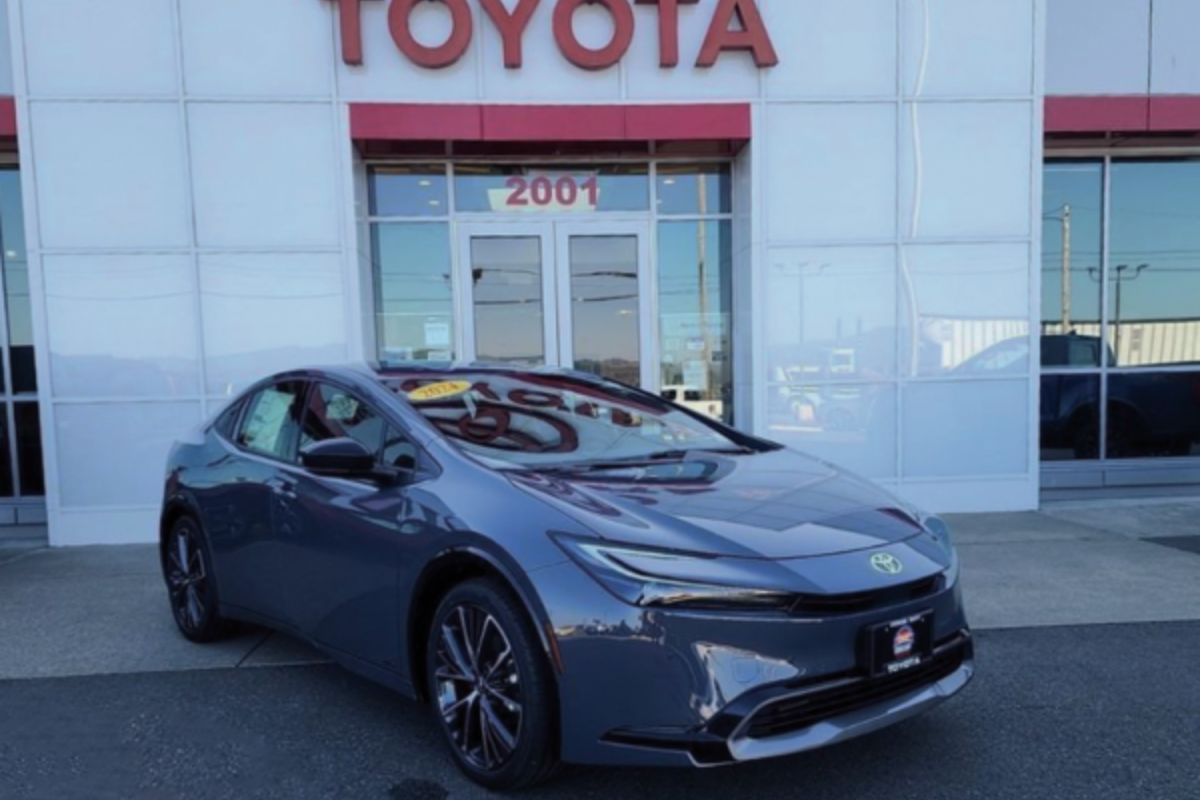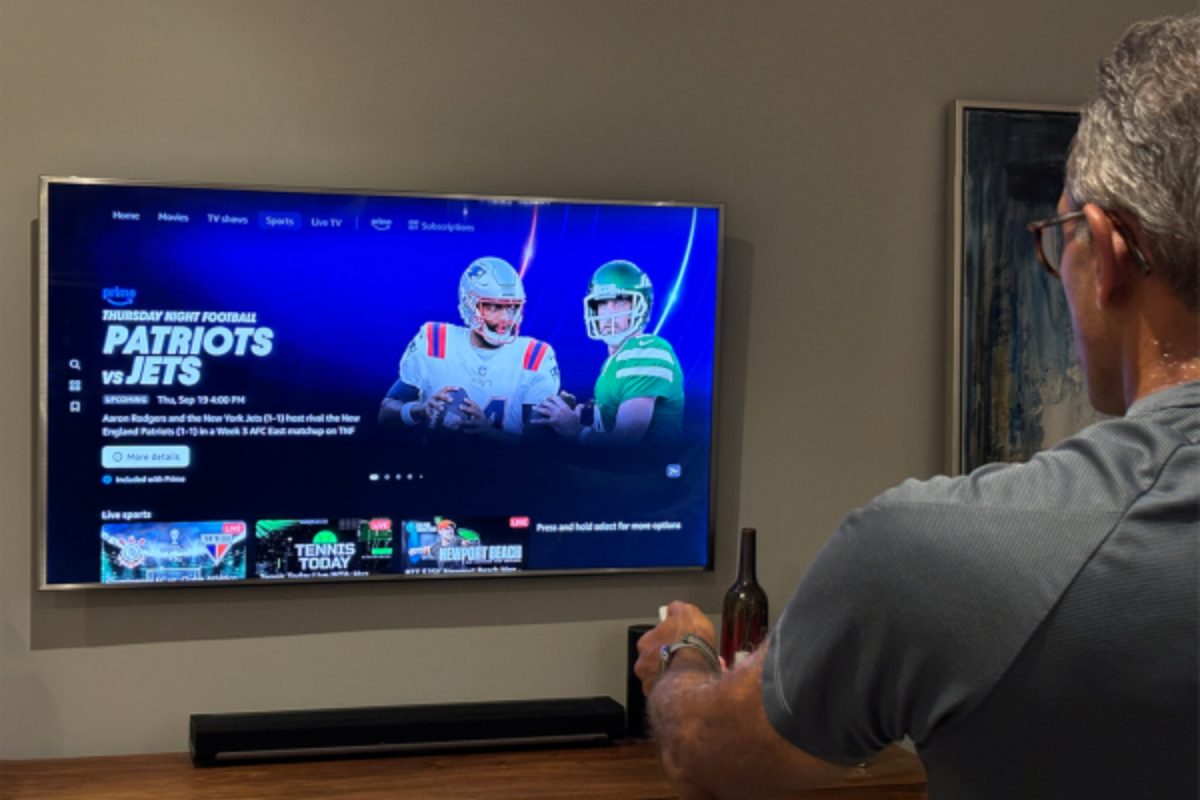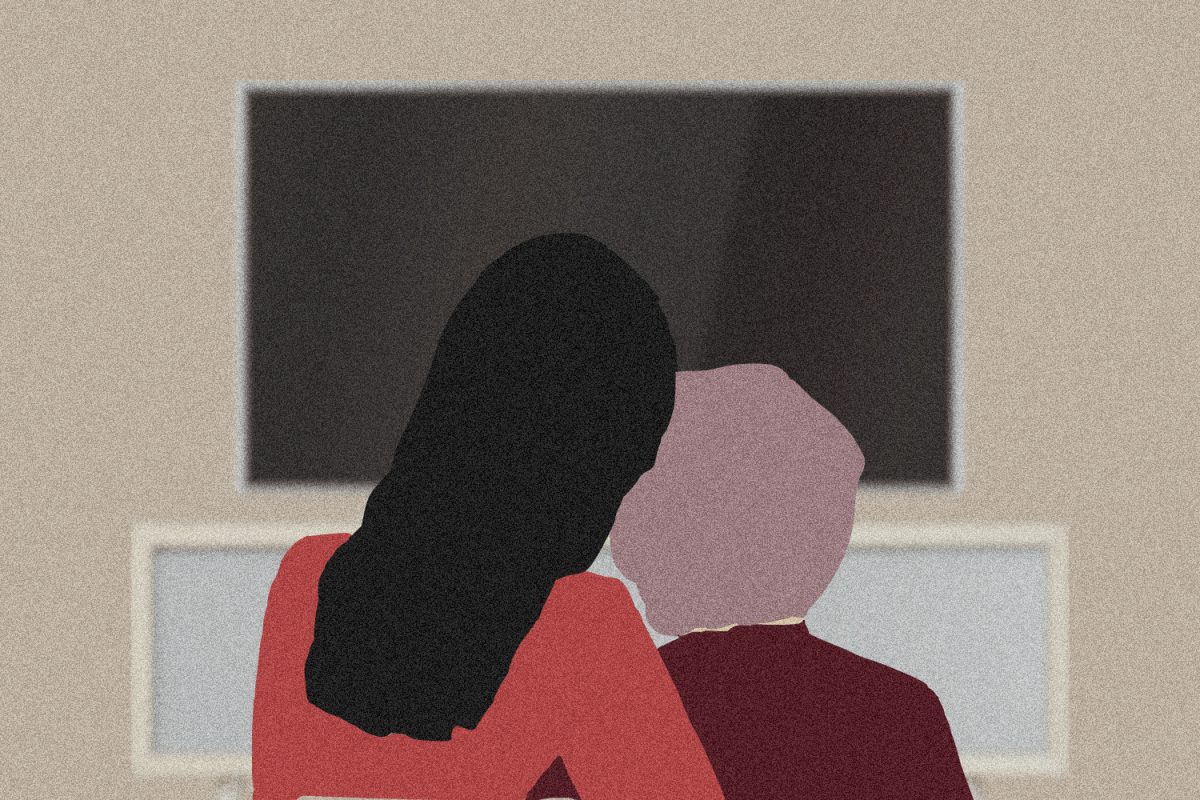Despite the National Labor Relations Board (NLRB) allowing physicians and other clinicians to pursue unionization, most health care workers remain unaffiliated with unions. While there are ethical concerns, it remains evident that health care’s current state of affairs necessitates more widespread unionization in the sector.
Three decades ago, an NLRB ruling barred doctors from unionizing, citing their supposed supervisory role. However, the circumstances have since changed. In a 2022 case, the NLRB recognized that employed physicians lack supervisory duties, thus permitting them and other clinicians to pursue unionization. Regardless of this allowance, only about 13% of the health care industry is unionized.
As time has passed, pressing issues have risen within the health care industry, such as the rising concern for the well-being of physicians. According to the American Medical Association (AMA), in 2021, nearly 63% of physicians reported symptoms of burnout, and it was determined that large-scale change would be necessary to address the physician burnout crisis.
Physician burnout can be described as experiencing emotional exhaustion, feelings of ineffectiveness, the dehumanization of others, and a decreased sense of meaning at work. Some factors for this condition are excessive workloads or hours, loss of autonomy, and excessive administrative requirements that upset the work-life balance. Additionally, physician burnout can have detrimental effects on physicians and their patients.
For the physicians themselves, burnout can lead to a decline in mental health, substance abuse, suicide, depression, and a higher risk of cardiovascular disease. Consequentially, they may become more angry or irritable and less productive, which hinders their patients’ care quality. Moreover, burnout is also related to early departures and an increased desire to change professions, which can be detrimental to patients.
One example of how the working conditions of physicians negatively impacted both physicians and their patients is when a 36-hour shift caused physician fatigue and led to a highly publicized medical error that resulted in the death of a patient. This incident is what led to the creation of The Committee of Interns and Residents, a union that has since tried to maintain pressure to prevent unsafe working conditions and the recurrence of such situations.
Unionization can help combat these issues as it can lead to better working conditions by enabling effective negotiations for increased staffing levels, shorter working hours, and greater control over schedules.
In addition, unions can support doctors in negotiations for higher salaries or better benefits, like paid sick leave and comprehensive health insurance. These improvements can assist in alleviating physician burnout and increasing job satisfaction, which diminishes the stress that doctors experience and thereby enhances the quality of care for their patients.
Although unionization has benefits, there are still concerns about the potential implications of encouraging the growth of health care unions, with the most common being ethical or moral concerns. These concerns are understandable, as unionizing arouses the potential for health care worker strikes, which can inhibit the care of patients and lead to patient deaths.
However, collective action through unionization does not necessarily equate to strikes, as there are other methods of protest. According to the AMA, physicians can adjust their workflow to affect their employer without rejecting all clinical duties, including neglecting documentation to prevent effective billing and refusing elective surgeries.
Additionally, from the same source, physician strikes historically have not been harmful to patients, and there have been studies to support that medical resident absences from emergency departments either improved or did not affect efficiency without increasing mortality.
Furthermore, even if physicians were to strike, there are legal and ethical rules to ensure patient safety. The NLRB requires health care unions to provide a 10-day notice of “concerted refusal” to work so patients will continue to have access to emergency services and hospitalized patients will still receive adequate care.
Similarly, hospitals can employ different strategies to ensure patient care. Such strategies may include temporarily assigning patients to physicians from nonstriking hospitals, finding private practice physicians willing to service the needs of patients, and assigning routine duties to residents, physician assistants, or nurses.
Aside from fighting for better working conditions for physicians, health care unions also fight for better patient environments. This is demonstrated by the Northern California Kaiser Permanente strike in 2023.
During this 10-week strike, thousands of therapists and other mental health care clinicians from Kaiser Permanente walked out in protest of widespread burnout, high case volumes, and months-long delays in patient care. Ultimately, this strike resulted in additional guaranteed time with patients, a commitment from Kaiser to hire more therapists, and reduced caseloads.
In addition to the ethical and moral concerns, another reason why health care unions are not more widespread is many places of employment do not have unions. Therefore, it is imperative to put a greater emphasis on starting unions and encouraging their growth.
Regardless of the things preventing more widespread unionization, it is essential to consider the statement put forth by Dr. Calvin Lambert from the Mount Sinai Hospital in New York City: “Doctors have been asking themselves the question, ‘Who takes care of the caretaker?’ for as long as I can remember.”
Overall, whether or not people agree with more widespread health care unions, it remains evident that there is a current need to raise awareness and improve the working conditions of health care workers so they can continue providing high-quality care to their patients.












